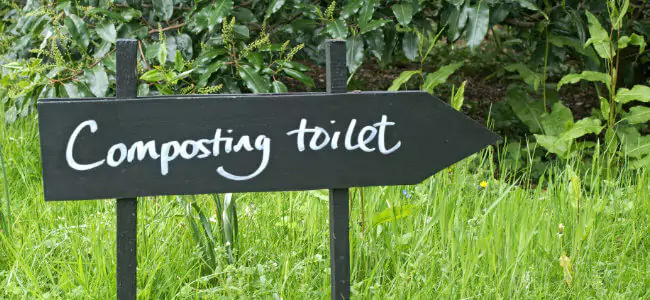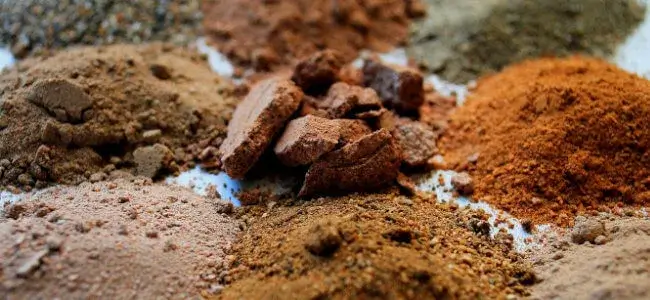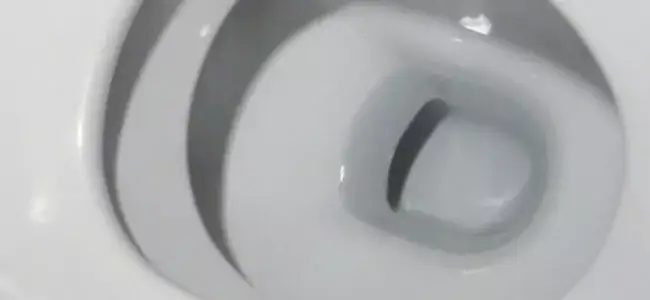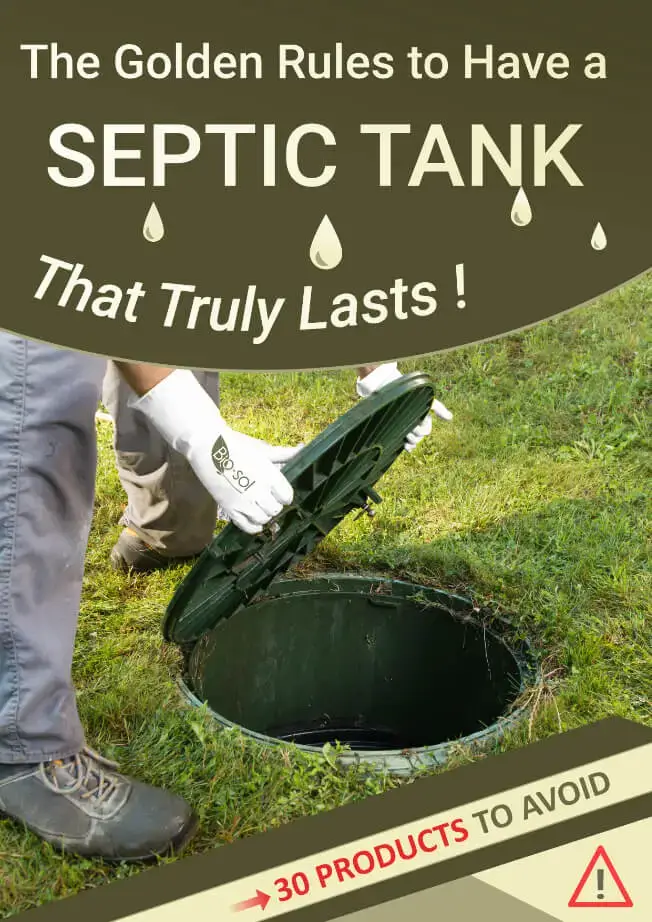How do composting toilets work?

TABLE OF CONTENTS
Composting toilets are referred to as dry toilets because they do not need water for flushing. This means that composting toilets are designed to work independently of sewer connections which makes them a good alternative to homes that are not connected to the municipal system. Because composting toilets are dry, they also significantly reduce the water consumption in the home. Through the separation of urine and feces from wastewater, the organic matter and plant nutrients can be recycled by a process of composting and the remaining wastewater can then be treated more easily. In simple terms, composting toilets are pre-treatment systems that retain substances that could be harmful to the environment. The toilet is made of two main components – the place where a user sits or squats and a composting/ collecting device. It might also be beneficial to have a ventilation system in order to keep bad odors at bay as well as to increase aeration in the composting vault.
Working principle of composting toilets
The composting toilet system processes the excrement and toilet paper in a special vault. Some composting toilets can receive urine while others are only designed for feces. Biodegradable kitchen waste can also be added to the vault. A toilet system that utilizes heat to dry the fecal matter instead of composting the waste is referred to as a dehydration toilet. But for composting systems, the organic matter is degraded by microorganisms. These microorganisms break down the organic matter and produce heat, water, and carbon dioxide. The following are the microorganisms that help achieve this;
- Actinomycetes – these microorganisms are somewhat similar to molds and fungi. Their specialty is breaking down stubborn materials like protein, cellulose, and starch. Actinomycetes are the microorganisms that result in the earthy smell found in compost.
- Fungi – yeast and molds are the main fungi in composting toilets. These fungi help in the breaking down of tough debris into palatable pieces and then the bacteria can take over and decompose the broken-down pieces.
- Thermophilic aerobic bacteria – thermophilic bacteria are bacteria that thrive at very high temperatures. They are therefore adapted to break down waste in composting toilets because heat is one of the by-products of the decomposition process.
In optimal conditions, the bacteria can produce temperatures of up to 50 degrees centigrade. This helps to ensure a quick and substantive pathogen reduction. However, it is not always possible to attain these optimal conditions and for the most part, temperatures are usually below 40 degrees. As a consequence, pathogen content is reduced in the composting chamber but complete pathogen removal may not be feasible for the most part. In order to guarantee complete pathogen destruction, longer maturation times will be required and this calls for secondary composting storage, typically outside the toilet vault.
The composting process results in massive reduction through evaporation, mineralization, and digestion. This allows for the continuous storage of waste in the tank. The by-products of this process are carbon dioxide, water, heat, and compost. Composting also entails the concentration of nutrients and salts so that needs to be factored in when applying it to the soil.
The importance of bulking materials in composting toilets.
For the bacteria to have an optimal environment in composting toilets, three things are required:
- Sufficient aeration of the material
- Sufficient moisture content (50-60%)
- A good carbon to nitrogen ratio (30-35)
However, excreta and food waste alone cannot provide these conditions mostly because the water and nitrogen content in this waste is often too high. This is why a bulking agent is usually used. The agent helps in lowering of the water content in order to improve aeration while at the same time increasing the carbon content. Examples of bulking agents include sawdust, ash, bark chips, wood chips, and pieces of paper. Apart from absorbing the moisture, the bulking agents also help in covering the fresh feces which helps to reduce the chances of flies breeding on the waste and this ultimately reduces the risk of communicable diseases. Failing to add the bulking agents may result in the compaction of the waste thereby resulting in wet and anaerobic conditions.
Some of the bulking agents, like bark chips and tannin, can bind the substances that cause bad odors and thereby reduce odors from the toilet. Liming the toilet is also recommended in order to raise the pH when it drops below 6.5. This is because the bacteria cannot function in acidic conditions. Bulking agents must be added as frequently as possible although the frequency should be determined by the use. On average, some little bulking material should be added on a daily basis.
Hygiene and composting toilets
As long as thermophilic composting occurs at 55 degrees for two weeks or at 60 degrees for a week, toilet compost will be safe. However, the World Health Organization recommends composting at 55-60 degrees for a month with an additional 2-4 months of maturation in order to guarantee pathogen removal. But achieving these temperatures in composting toilets is easier said than done. For this reason, considerable pathogen reduction is achieved in composting toilets but the complete destruction of pathogens is often not possible. This is why secondary composting is required. Some of the secondary composting treatment methods include long term storage of the waste, exposure to UV light, toxicological effects of metabolites and high pH. As a precaution, any compost that hasn’t been subjected to secondary treatment shouldn’t be used for agriculture.
Composting toilets that allow urine have systems for the collection of urine in the vault. These urine vaults produce lots of leachates and it should be managed carefully to avoid the spread of pathogens. The term leachate refers to the extra liquid produced in composting toilets that allow urine. Leachate usually accumulates from urine, water from the flushing of the toilet and water in the cells of microorganisms. This liquid typically moves down the composting mass through gravity. As it moves down, it picks up materials and particles that dissolve in it before it finally reaches the bottom of the composter. As a result, leachate can contain fecal microorganisms which means that it contains pathogens. The handling, treatment, and discharge of the excess leachate needs to be thought of right from the design stage of the composting toilet in order to make adequate preparations.
Composting toilets must also be ventilated in order to improve aeration as well as enhance the evaporation of any excess moisture in the composting heap. Ventilation also helps to remove bad odors through negative pressure odor control. In an ideal scenario, an electric fan that has speed control is used to strike a balance between comfort and odor control. But it is also possible to use wind-powered and solar-powered fans to achieve the same purpose even though these fans are less controllable. It is also very important to install fly screens on the vent pipes.
Conclusion
Because composting toilets use a dry sanitation approach, they can come in handy in arid regions and regions that have no piped water. The fact that composting toilets can be constructed easily or with advanced capabilities also makes it applicable for almost all groups of people. However, it is imperative that the user takes responsibility for maintaining the composting toilet. Maintenance entails adding bulking agents regularly and emptying of the toilet bucket as occasion demands. As long as they are well maintained, the composting toilets will work efficiently without causing any pollution.
OUR LATEST BLOG POSTS

Strange facts about septic systems
If you are a septic system owner, you might have heard all manner of myths. For instance, there is a common myth that throwing a dead cat in the septic tank can help rejuvenate bacteria and thereby make the septic tank more effective. But is this even true? In this article, we will not only answer that […]

Soils types and their impact on septic systems
SOILS TYPES AND THEIR IMPACT ON SEPTIC SYSTEMS However good your septic system is, it depends on the right soil type to complete the process of purifying the wastewater from your home. The soil type in the drainfield area will determine how well the effluent is filtered and if the water that is sent back to the […]

Avoid flushing these if you have a septic tank
Most homeowners wrongfully assume that their toilet can serve as some sort of garbage disposal. As a result, they end up flushing all manner of things in the toilets. Some of the things that are flushed down the toilet are actually innocent mistakes because homeowners think that is the right way to dispose of the products while in other cases, it is just a don’t care attitude. Whichever the case may be, flushing some of these things can result in septic system failure and it could cost you a fortune. We have rounded up some of the commonly-flushed products that you should never flush if you have a septic system.
PERFECT! I WOULD NEED...
Discover which products are the best for your needs!You can contact us at 1-800-378-6132 (toll free) or click on the following button to access our free online evaluation.
GET A QUOTE ONLINELog in to your account
Whoops! It happens sometimes...
CREATE A NEW ACCOUNT
CONGRATS!
You are now registered and ready to go. You can add and change any of your information on your client profile.
Unfortunately, we do not ship our products to the USA at the moment.
But, if you live in the United States and would like to order them, please fill in the form below. You will then be notified as soon as they are available in your country.
Thank you for your understanding!
Malheureusement, nous n’expédions pas nos produits en France pour le moment.
Mais, si vous êtes résident français et aimeriez les commander, remplissez s’il vous plaît le formulaire ci-dessous. Nous pourrons ainsi vous aviser aussitôt qu’ils seront disponibles dans votre pays.
Merci de votre compréhension!

-
30 products to avoid
-
What to replace them with
-
And everything you should know about your septic system
DOWNLOAD THIS FREE EBOOK!
Which email address should we send it to?


